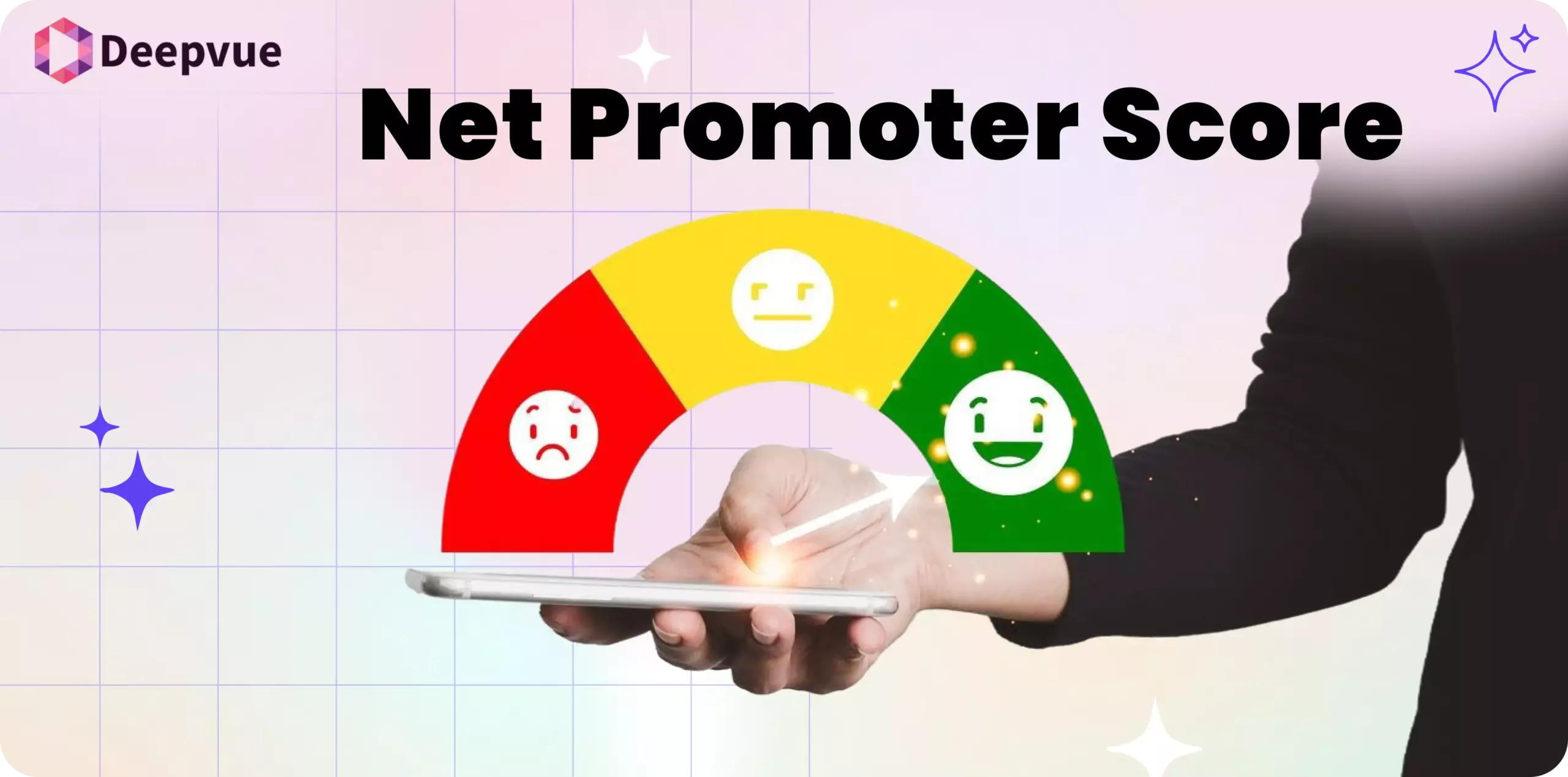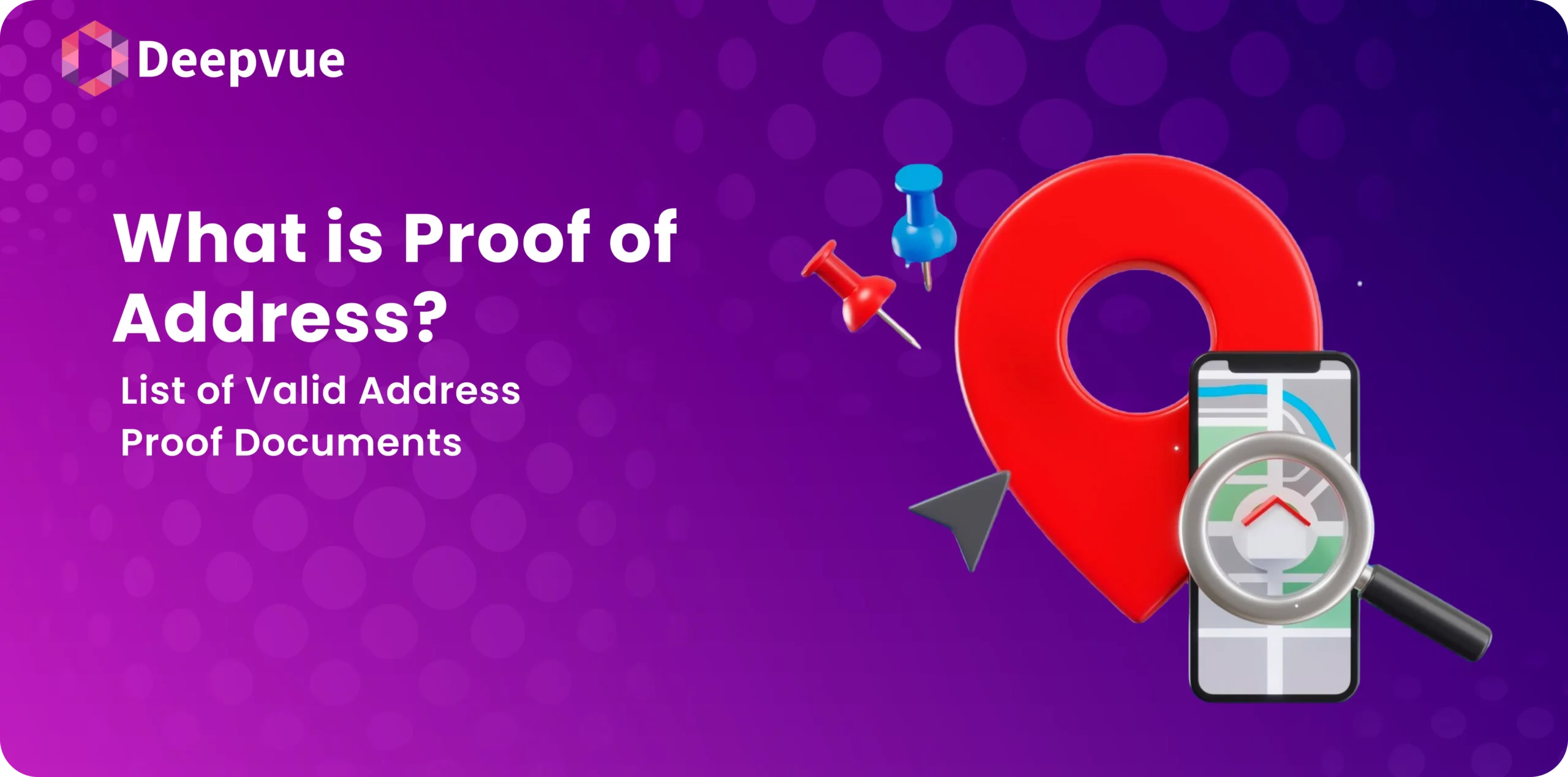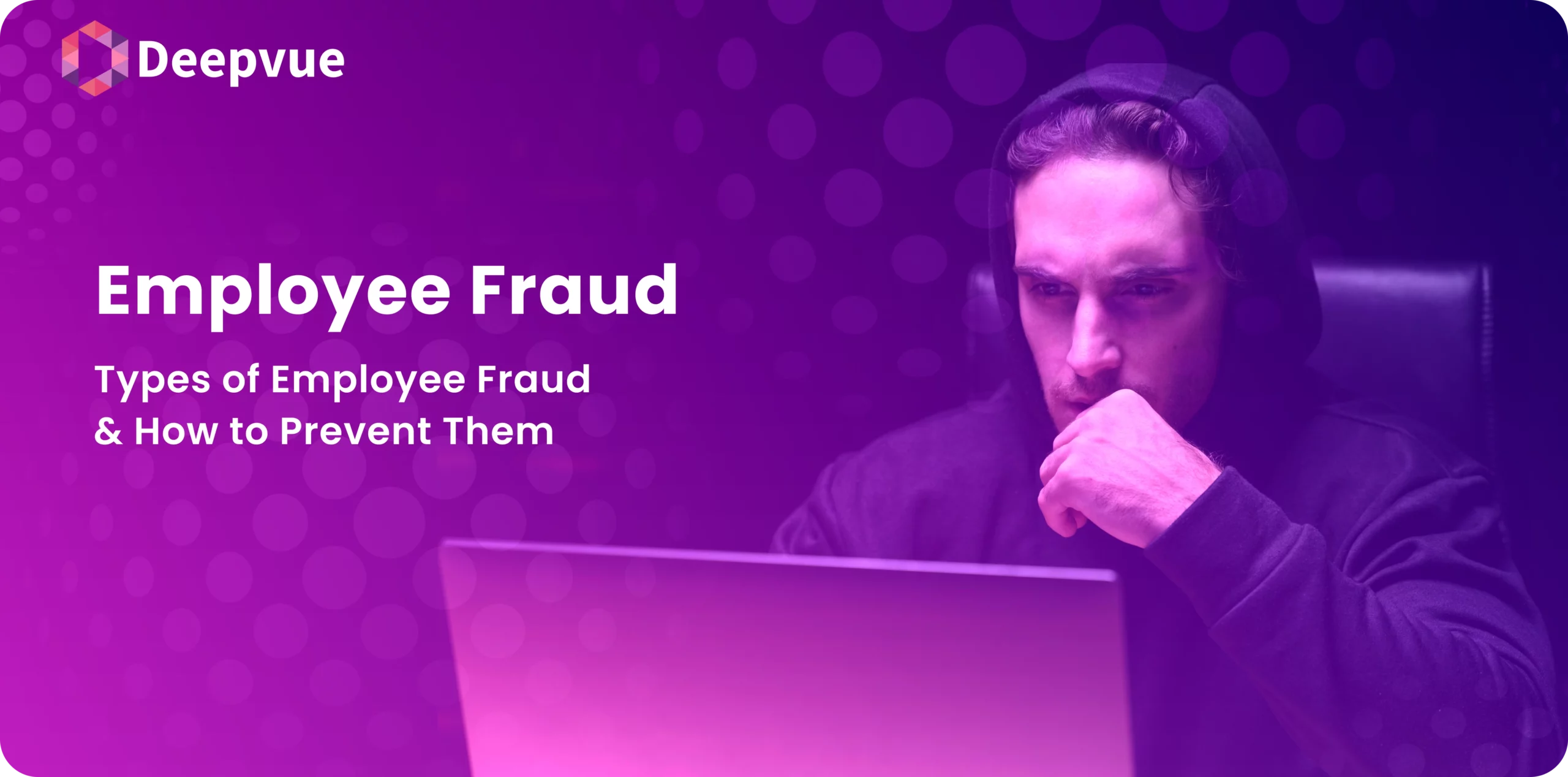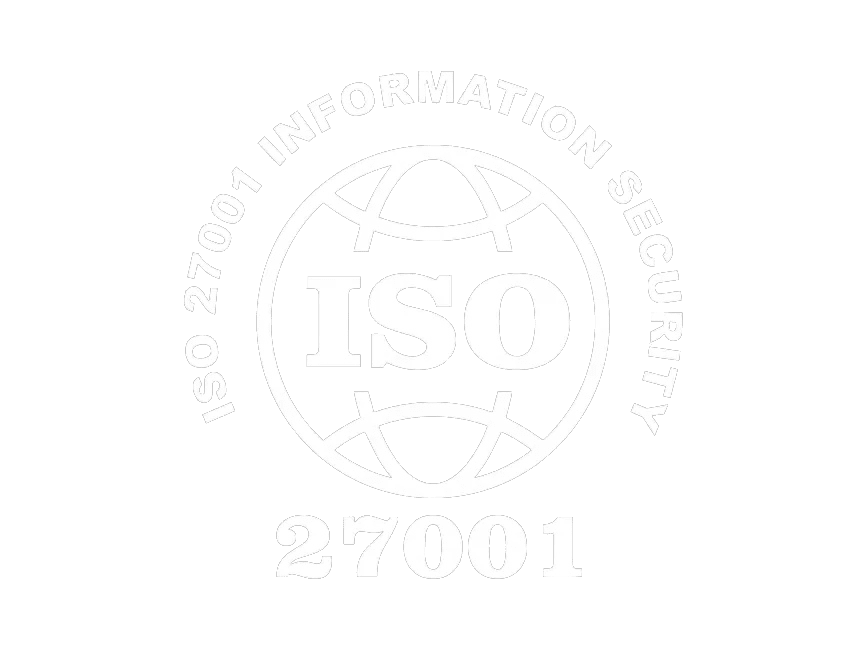What is Video KYC?
Video KYC is the process through which organizations verify the identity of customers remotely through video interaction. The KYC method used in this process guarantees regulatory compliance and provides a safe and convenient mode of customer onboarding without the need for physical presence. Video KYC is widely used by financial institutions, fintech, and telecom providers to speed up verification for a customer with high security intact.
How Does Video KYC Work?
Video KYC involves several steps to ensure the proper verification of a customer’s identity through a video-based interaction:
1. Customer Onboarding
The first step of the video KYC process is to provide basic information like name, email, and phone number. The customer needs to provide this information on an online platform. Once the information is submitted successfully the customer will be invited for a video call for the identity verification process.
2. Document Verification
This step includes document verification, in which the customer is asked to produce a government identification document. This could be a passport or driver’s license. Then, the system will use advanced tools like OCR and document forensics in verification. The whole process takes place over the video call.
3. Live Video Interaction
This will be an online video session between the customer and a trained agent or an automated AI system. The live session is to make sure that the person presenting the document is either valid or not. In the live session, the agent might use facial recognition technology to cross-check the customer’s details and documents.
4. Liveness Check
To prevent fraud, the system performs a liveness check, ensuring that the individual is physically present and not using pre-recorded videos or static images.
5. Verification Outcome
Once all the steps are performed successfully and the identity of the customer is verified the system will print a confirmation. It’s the last step in that process when the customer has been onboarded, in case of any mismatch further steps of verification or review on the manual might be started.
Benefits of Video KYC
Video KYC provides multiple key advantages to both businesses and customers.
1. Convenience and Speed
Using video KYC, a customer can complete the entire process from anywhere. Customers do not have to make an on-site visit to the office branches. It minimizes the onboarding time for businesses.
2. Cost-Effective
Video KYC is an economical solution for businesses. There would be no need for personnel, office space, and documentation handling with video KYC in place.
3. Regulatory Compliance
For financial service providers, KYC and AML regulations are very important. Video KYC can serve as a digital alternative to the traditional processes of KYC and help financial institutions comply with these regulations.
4. Enhanced Security
Video KYC reduces risks of identity fraud and unauthorized access. It utilizes various security measures such as liveness detection, facial recognition, and document verification.
Common Use Cases for Video KYC
Video KYC is used across all industries for customer verification and onboarding.
1. Banking and Financial Services
Video KYC is used by banks and financial companies for remote onboarding of customers in opening a bank account, loan application, and investment services. It supports regulatory compliance with a hassle-free customer experience.
2. Telecommunications
Telecom companies employ video KYC to validate new customers and for SIM card registrations. It prevents fraud as well as regulatory compliance related to mobile connections.
3. Fintech Companies
Fintech startups are using video KYC to onboard users to digital wallets, payment apps, and investment platforms. This speeds up the process of user verification without compromising security.
FAQs about Video KYC
Is Video KYC legally accepted?
Yes, video KYC has been accepted in many countries as a legal method of proof for the identification of customers. Even regulatory bodies of finances, such as the Reserve Bank of India (RBI), have approved video KYC for the onboarding process of banks and other services.
How long does a Video KYC process take?
Usually, the Video KYC process is quite short, anywhere from 5 to 15 minutes, depending on the customer’s information and the system they are being verified against, but discrepancies could prolong this process as further verification might be required.






